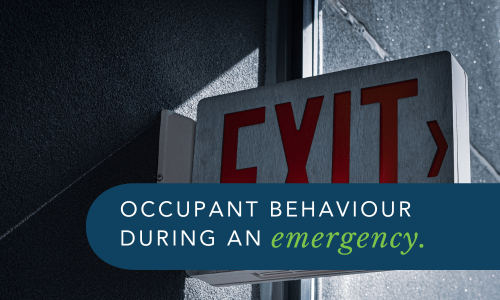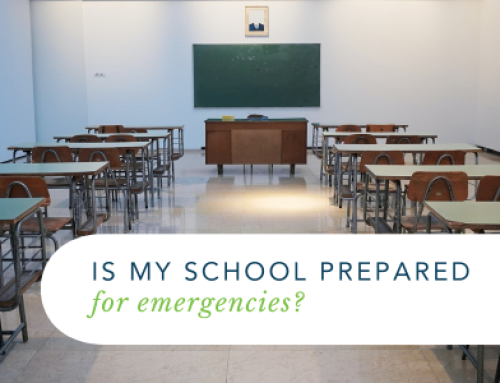Emergencies can be highly stressful situations, and it’s not uncommon for occupants to exhibit signs of panic, confusion, fear, anxiety, feeling overwhelmed, loss of control, and even aggression. In this article, we’ll explore occupant behaviour, why these emotions and behaviours occur during emergencies and what can be done to help occupants cope with the situation.
Fear of Injury or Death:
The fear of injury or death is perhaps the most common reason why occupants exhibit signs of panic, confusion, and anxiety during emergencies. The sudden and unexpected nature of emergencies can be overwhelming and trigger a fight-or-flight response in many people. This can lead to irrational behaviour, such as pushing and shoving to get out of a building, even if it puts others at risk.
Lack of Knowledge:
Another reason why occupants may exhibit signs of confusion and feeling overwhelmed during emergencies is the lack of knowledge and understanding of what to do. In many cases, people may not have been trained on how to respond in emergency situations, or the emergency plan may not be clear and concise. This can lead to confusion and make it challenging for occupants to know what actions to take to ensure their safety.
Loss of Control:
Emergencies can also lead to a sense of loss of control, which can exacerbate feelings of anxiety and panic. During emergencies, people are often forced to rely on others, such as the emergency control organisation, emergency responders or building management, to provide guidance and direction. This can leave people feeling vulnerable and helpless, leading to a sense of loss of control.
Overwhelmed by the Situation:
Emergencies can be overwhelming, and occupants may feel like they are unable to handle the situation. This can lead to feelings of being overwhelmed, which can cause people to shut down or freeze up. Additionally, occupants may be dealing with personal issues, such as health concerns or family problems, which can compound the stress of the emergency.
Aggression:
In some cases, occupants may exhibit signs of aggression during emergencies, such as pushing or shoving others to get out of a building or lashing out at emergency responders. This can be due to fear or frustration, as occupants may feel like they are not getting the assistance they need.
Coping Strategies:
To help occupants cope with the stress and emotions of emergencies, it’s essential to provide clear and concise emergency plans and training. This can help reduce confusion and empower occupants to know what actions to take to ensure their safety. Additionally, providing support and reassurance during emergencies can help occupants feel more in control and reduce feelings of fear and anxiety.
In conclusion, occupants may exhibit a range of emotions and behaviours during emergencies, including panic, confusion, fear, anxiety, feeling overwhelmed, loss of control, and aggression. Understanding why these emotions occur can help the emergency control organisation, emergency responders and building management provide better support and assistance to occupants during emergencies.
By providing clear emergency plans and training and offering support and reassurance, we can help occupants cope with emergencies and reduce the impact of the situation.
For more information on occupant behaviour, how we can support your business to keep its occupants safe, and ensure your workplace is compliant with emergency management regulations, get in touch today.
GET IN TOUCH
Are you ready for peace of mind that your workforce is as safe and prepared as possible?
With a dedicated team of staff ready to help you meet compliance requirements and improve the overall safety of your workplace, all you need to do is get in touch.
Request your free audit today!



